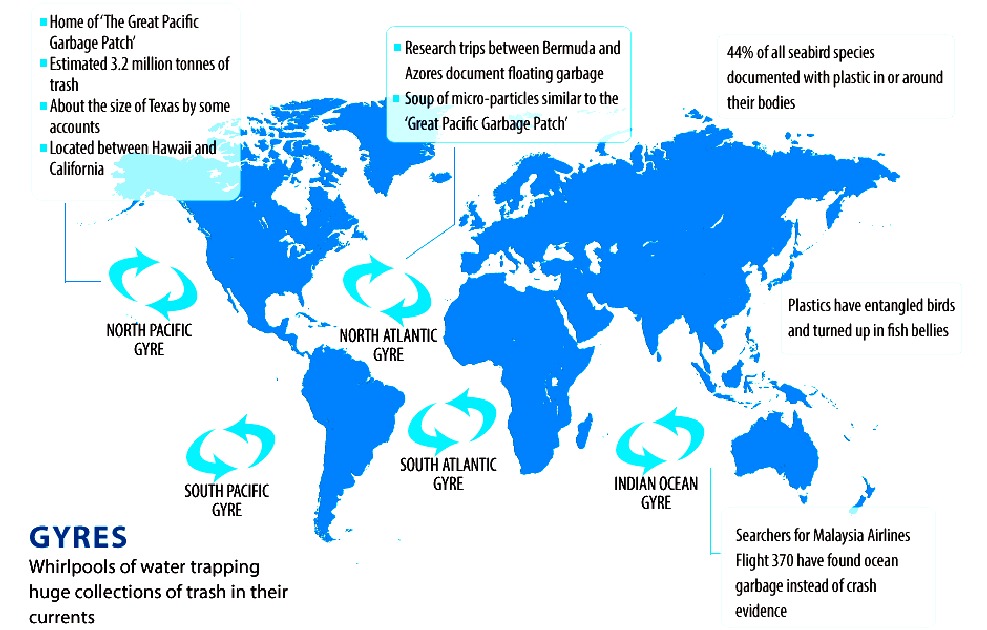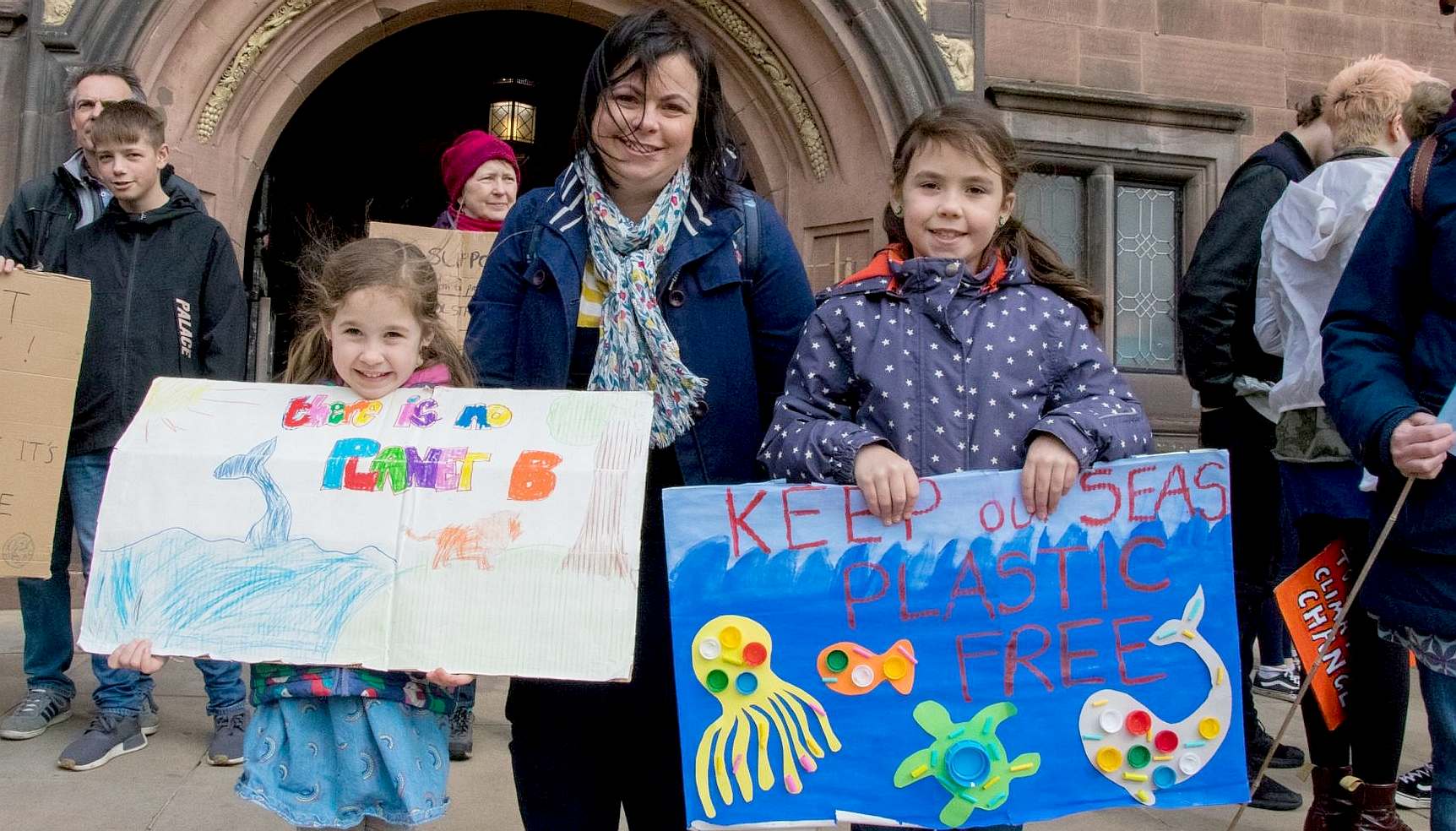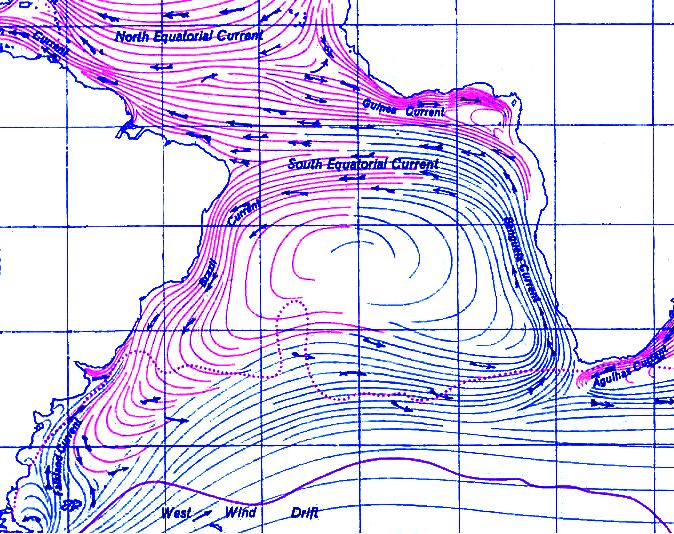|
GYRES S. ATLANTIC OCEAN CLEANUP
|
BUILD UP - Plastic has accumulated in five ocean hot spots called gyres, seen here in this world map derived from information published by 5 Gyres. The movement of the world’s major ocean gyres helps drive the “ocean conveyor belt.” The ocean conveyor belt circulates ocean water around the entire planet, making this an international problem.
There are 5 swirling ocean garbage patches called gyres. Garbage patches generally accumulate far from any country’s coastline, and it is nearly impossible to track the origin of marine debris. The tiny plastic particles that make up most of the patches are also very difficult and expensive to detect and remove.
To date no nation has accepted responsibility for cleaning up the ocean’s garbage patches to the extent that they will agree to fund ocean cleaning up operations. Such Agreement could allow a commercial approach to venture capitalists.
On land, the G20 have agreed to work to reduce single use plastic in the hope of slowing build up in the ocean, unfortunately this plan leaves plastic in our oceans to alter marine ecology, kill seabirds, contaminate fish and kill marine mammals.
The G7 have created a fund for academics and innovation competitions looking for ways to tackle ocean plastic waste. The Cleaner Ocean Foundation does not qualify for such funding where these baits assume corporate trading and profits from which to carve an R&D budget, leaving SeaVax and RiverVax development out in the cold when run by a not for profit organization with charitable objects as at present.
The Foundation does not qualify for registration according to the UK Charity Commission, despite acknowledgement of societal good works. This leaves donations and crowdfunding as our last hope unless governments are prepared to award paying contracts. It is doubtful that could ever happen.
PROTESTS - One way of drawing attention to a social problem like marine litter is to peacefully demonstrate with signs like this that say it all. By keeping the subject live in the minds of politicians, eventually they will be forced into acting responsibly.
ABOUT
THE SAG
South of this gyre is the Antarctic Circumpolar Current. This current flows from West to East around Antarctica. Another name for this current is the West Wind Drift. This current allows Antarctica to maintain its huge ice sheet by keeping warm ocean waters away. At approximately 125 Sv, this current is the largest ocean current.
FAST FOOD - It's not just fast food, it is our exploitative society that is poisoning the planet, without thought for the consequences. We've been living at artificially low prices at the expense of killing other life on earth.
|
|
ABS - BIOMAGNIFICATION - CANCER - CARRIER BAGS - COTTON BUDS - DDT - FISHING NETS HEAVY METALS - MARINE LITTER - MICROBEADS - MICRO PLASTICS - NYLON - OCEAN GYRES - OCEAN WASTE PACKAGING - PCBS - PET - PLASTIC - PLASTICS - POLYCARBONATE - POLYSTYRENE - POLYPROPYLENE - POLYTHENE - POPS PVC - SHOES - SINGLE USE - SOUP - STRAWS - WATER
|
|
This website is provided on a free basis as a public information service. copyright © Cleaner Oceans Foundation Ltd (COFL) (Company No: 4674774) 2019. Solar Studios, BN271RF, United Kingdom. COFL is a company without share capital.
|



